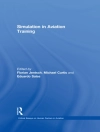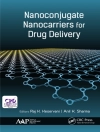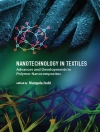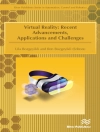Methods for identification and measurement of existing and newly discovered contaminants are required, especially those that are cheap, simple and rapid, so that testing may be more frequent within the food supply chain. This book examines the formation of toxic compounds during the processing of food and strategies to mitigate their creation. Modification of process conditions can reduce the health risks posed by these compounds to consumers.
This new volume will update knowledge on current methods for mitigation of these process contaminants and is aimed at industrialists in food processing, academic researchers and graduate students studying food science and technology or food engineering.
قائمة المحتويات
European Regulation of Process Contaminants in Food; Formation, Analysis, Occurrence and Mitigation of Acrylamide Content in Foods; Risk/Benefits Evaluation of Acrylamide Mitigation Initiatives in Cereal Products; 2- and 3-Monochloropropanediol (MCPD) Esters and Glycidyl Esters: Methods of Analysis, Occurrence, and Mitigation in Refined Oils, Infant Formula, and Other Processed Foods; Strategies to Mitigate MCPD and Glycidyl Esters in Refined Oils and Foods; Polycyclic Aromatic Hydrocarbons in Processed Food: Scientific Challenges and Research Recommendations; 3-MCPD and Glycidyl Esters in Palm Oil; Advanced Glycation Endproducts (AGEs) in Food: Health Implications and Mitigation Strategies












